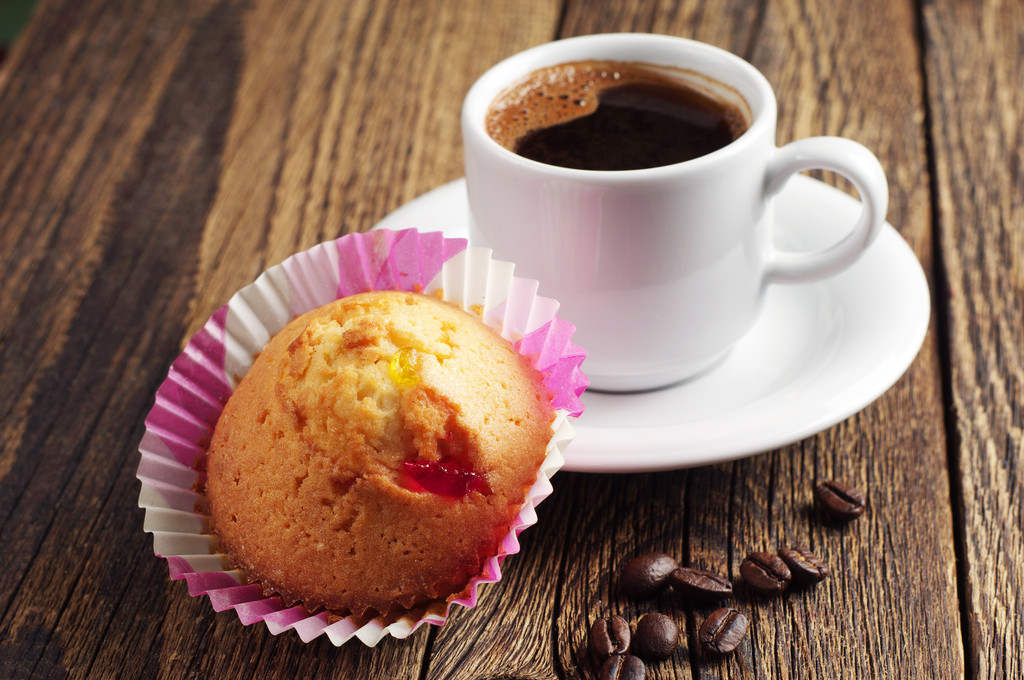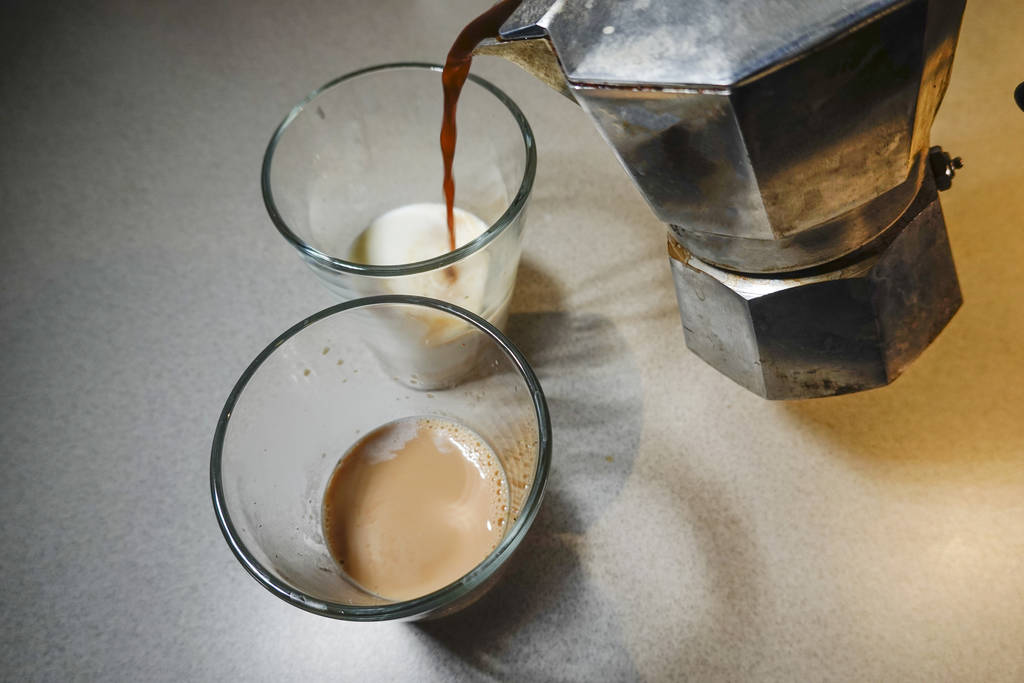Viennese coffee – two words that elicit a smile to the coffee connoisseur. No other country in Europe can boast of such a traditional coffee culture like Austria. Its breathtaking capital Vienna is not only known for the Wiener Schnitzel, but also for Viennese coffee. Thanks to the traditional coffee house culture of Vienna, many different coffee specialties have been created in Austria. So that you do not lose an overview of the huge coffee offer at your next Vienna trip, we want to briefly familiarize you with the Viennese coffee specialties.

Viennese coffee: Whoever has the choice …
The Viennese coffee houses offer such a variety that is difficult to choose one of the delicious coffee variants. Here is a small overview of the most popular Viennese coffee specialties, which are traditionally served with a glass of water.
Mokka or small black: the base of the Viennese coffee specialties
Viennese coffee. The Mokka. The basis of all Viennese coffee specialties is the Mokka. It is a black coffee without sugar or milk. It is classically filtered in a Seihkanne or Karlsbader Kanne. In modern coffee houses you can now get it from the espresso machine. If a mocha is ordered in Vienna, it is served as a so -called small black man. If it is stretched with hot water, it is called an extended black one.
Big black
The big black one is nothing more than a double small black man, which is served in a shell in a correspondingly larger shell.
Small brown and big browner
A small browner is simply a simple mocha that is served with whipped cream in a small shell. Just like the little blacks, there is also the little brown as an extended version with hot water. The big brown is the slightly larger counterpart to the small brown – here a double mocha is prepared with whipped cream.
Franciscan
The Franciscan is a Viennese coffee specialty from a somewhat extended mocha with warm milk and whipped cream. This preparation is served in a large shell.

Wiener Melange
The Franciscan is very similar in terms of preparation. The only difference is that the Viennese melange is served with a hood made of milk foam instead of whipped cream. It resembles the cappuccino. Differences are the milder variety of coffee and the lower amount of milk foam on the melange.







